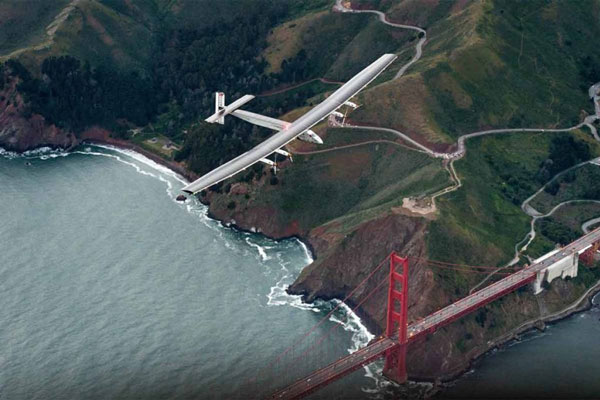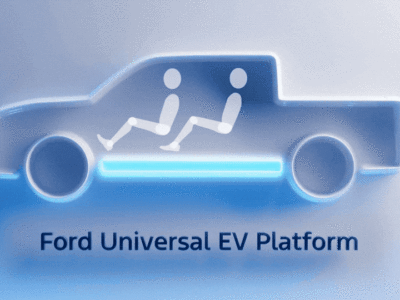THE GUARDIAN: Solar plane makes history after completing round-the-world trip
Solar Impulse 2 has completed the first round-the-world flight by a solar-powered aeroplane, after touching down in Abu Dhabi early on Tuesday. The final leg of the feat, aimed at showcasing the potential of renewable energy, was a bumpy one, with turbulence driven by hot desert air leaving the solo pilot, Bertrand Piccard, fighting with the controls.
Speaking to the Guardian from the cockpit shortly before landing, Piccard said he was feeling emotional as he neared the end of the journey: “It is a very, very special moment – it has been 15 years that I am working on this goal.
“I hope people will understand that it is not just a first in the history of aviation, but also a first in the history of energy,” he said.
THE ATLANTIC: Flying Around the World in a Solar Powered Plane
The journey took a very long time—505 days to fly 26,000 miles (42,000 km) at an average speed of about 45 mph (70 kph)—but pilots Bertrand Piccard and Andre Borschberg successfully landed the Solar Impulse 2 aircraft in Abu Dhabi on Tuesday, after flying around the world using only the power of the Sun.
Solar Impulse 2 is a solar-powered aircraft equipped with more than 17,000 solar cells that weighs only 2.4 tons with a wingspan of 235 ft (72 m).
Technical challenges, poor flying conditions, and a delicate aircraft all contributed to the slow pace. Gathered here are images from the record-setting circumnavigation, undertaken to help focus the world’s efforts to develop renewable energy sources.
NPR: Sun-Powered Airplane Completes Historic Trip Around The World
“This is not only a first in the history of aviation; it’s before all a first in the history of energy,” Piccard said. “I’m sure that within 10 years we’ll see electric airplanes transporting 50 passengers on short to medium haul flights.”
“But it’s not enough,” Piccard added, saying that the solar technology that powered his plane can also be used on the ground to cut emissions in half.
The journey earned numerous records, including the trans-Pacific leg flown by Borschberg that took five days and nights, setting a mark for the longest solo flight in any airplane, according to the team behind Solar Impulse.
BBC: Where next for solar-powered flight?
The message Bertrand Piccard has repeated throughout his global tour however has been to “think big”. To not sit in an office, but to try something difficult.
It’s the same attitude that enabled him to make the first non-stop circumnavigation of the globe in a balloon in 1999. It’s the same attitude that drove his father to make the first trip to the bottom of the Mariana Trench, the deepest place in the ocean. And for his grandfather to dare to ride the first balloon into the stratosphere.
Bertrand Piccard bet that in 10 years we would see solar power playing a role in moving tens of people by air on short journeys. Can we rise to that challenge?














Comments